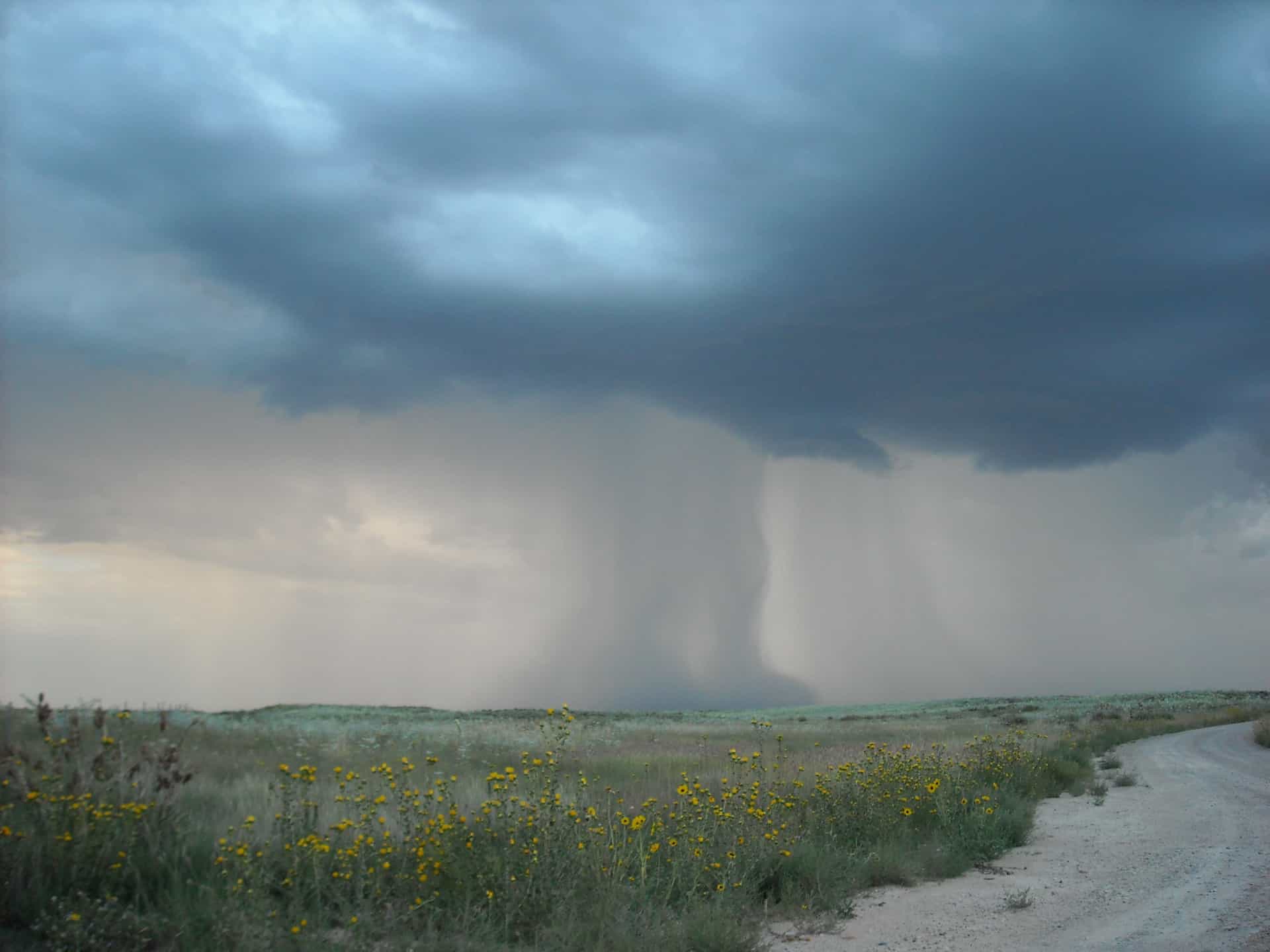
Since Ken Burns’ film on the Dust Bowl is starting tonight, see website here.
Two Forest Service linkages to shelterbelts are noted in this note from Darrel Kenops, of the National Association of Forest Service Retirees
The U.S. Forest Service from the start and up to today worked in concert with many including the USDA Soil Conservation Service. State Foresters as well as NRCS thru the years which had its start in the “New Deal” “Prairie States Forestry Project”. From Harold (Pete) K. Steen’s book “The U.S. Forest Service: A History” 1976, University of Washington Press, pages 218-221 describe briefly the context of the coming together of sheltebelts, hurricane’s, disaster programs and needed employment, jobs programs indicated by CCC’s and WPA Administration work in the forestry, natural resources sector.
Over last few years, as I represented NAFSR at the Westsern Forestry Leadership Coalition meetings, the 21st Century discussions of shelterbelts and Great Plains forestry have very interesting in how they have evolved, and confronted many of today’s challenges.
And we need to thank the many USFS State and Private as well as USDA/USFS Research and Development colleagues who continue to work with State Foresters and sister agencies to not forget, neglect the importance of shelterbelt forestry in America!
Also, of course, the initiation of the National Grasslands.
Here’s a general history in the National Grasslands Management Primer:
A total of 2.6 million acres of land were acquired between 1938 and 1946 when purchases under Title III ceased for all practical purposes. With the lands that had previously been acquired, the Government held 11.3 million acres in the LUP. The total cost for the land acquired for the LUP under the BJFTA and the preceding authorities was $47,500,000.11
Almost immediately, intensive improvement and development activities began on the LUP lands. New roads, buildings, transportation facilities, and fences were built, flood and erosion control strategies were adopted, grass and trees were planted, water storage facilities were constructed, and stream channels were widened and cleaned. The land improvements cost $102,500,000.12 Not only did the improvement activities help to restore these badly damaged lands, but they also created more than 50,000 jobs at a time when the Nation was pulling itself out of the Depression.
This reminds me a bit of the “restoration” and ARRA. This article in the Denver Post saw it, at least partially, as a cautionary tale about climate change.
The Dust Bowl did not end farming, but it forced farmers to change. “It was a matter of rethinking farming,” says Nielsen. “And we need to rethink how we produce energy.” Renewable energy must be at the core, not the fringes, he says, supported when necessary by the cleanest, most efficient fossil fuel technologies.
There are differences, too. In the 1920s, few people foresaw the consequences of the massive plowing up of prairie turf. Today, the science supporting the theory of global warming is cohesive and clear about the broad outcomes unless we make changes in how we produce and consume fossil fuels. “Because we know more, we have greater responsibility,” says John Nielsen.
Human suffering during the Dust Bowl is hard to image today. Nearly 50 percent of families in Baca County were on relief. Many dryland farmers left the Great Plains. If the Nielsens survived well enough on their irrigated farm, the highway through the Arkansas Valley was filled with weary, dryland refugees. There were plenty of Joads, and they weren’t all Okies.
Federal action salved the worst of the wounds. Direct aid and then jobs were offered. More controversially, the federal government bought dryland farms to create the Comanche, Pawnee and other grasslands now managed by the U.S. Forest Service. Farmers were encouraged to plant belts of trees, to deflect the winds. Then, rainfall returned.
Which reminds me, I think I’m going to check this out of the library..